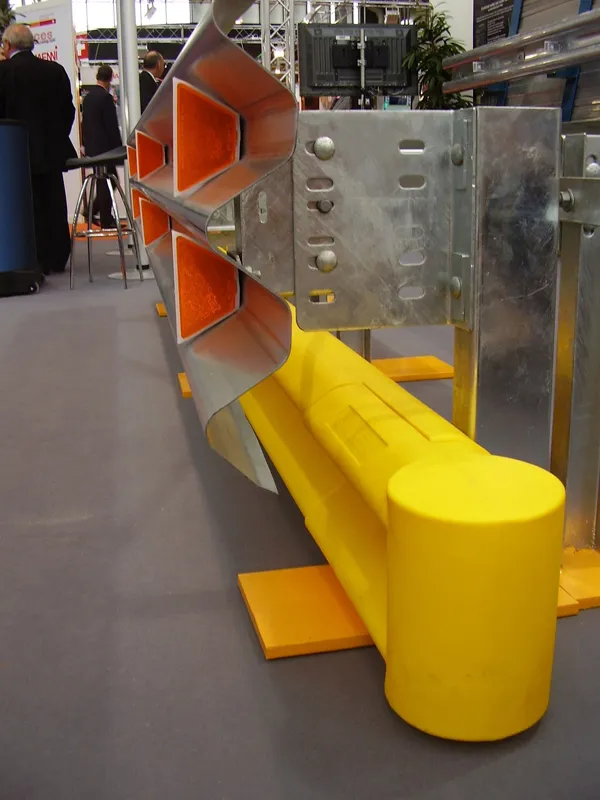A new partnership between Spanish and Argentinian bodies will help improve road safety in both countries. The Spanish Road Association, AEC, has held discussions with Spain’s Ministry of Transport, Directorate General of Traffic (DGT), the Institute of Road Safety MAPFRE Foundation and top level Argentine government members. A focus was placed on tackling driving under the influence of alcohol and drugs. This is a key point as Argentina is now promoting a policy of sero alcohol for drivers. Blood alcohol li
August 9, 2013
Read time: 1 min
A new partnership between Spanish and Argentinian bodies will help improve road safety in both countries. The 2392 Spanish Road Association, AEC, has held discussions with Spain’s Ministry of Transport, Directorate General of Traffic (DGT), the Institute of Road Safety MAPFRE Foundation and top level Argentine government members. A focus was placed on tackling driving under the influence of alcohol and drugs. This is a key point as Argentina is now promoting a policy of sero alcohol for drivers. Blood alcohol limits in Spain are among the lowest in Europe and the DGT advocates zero tolerance for those driving under the influence of alcohol and drugs. The Spanish authorities are keen to share experience and information on road traffic safety with their Argentinian counterparts.








